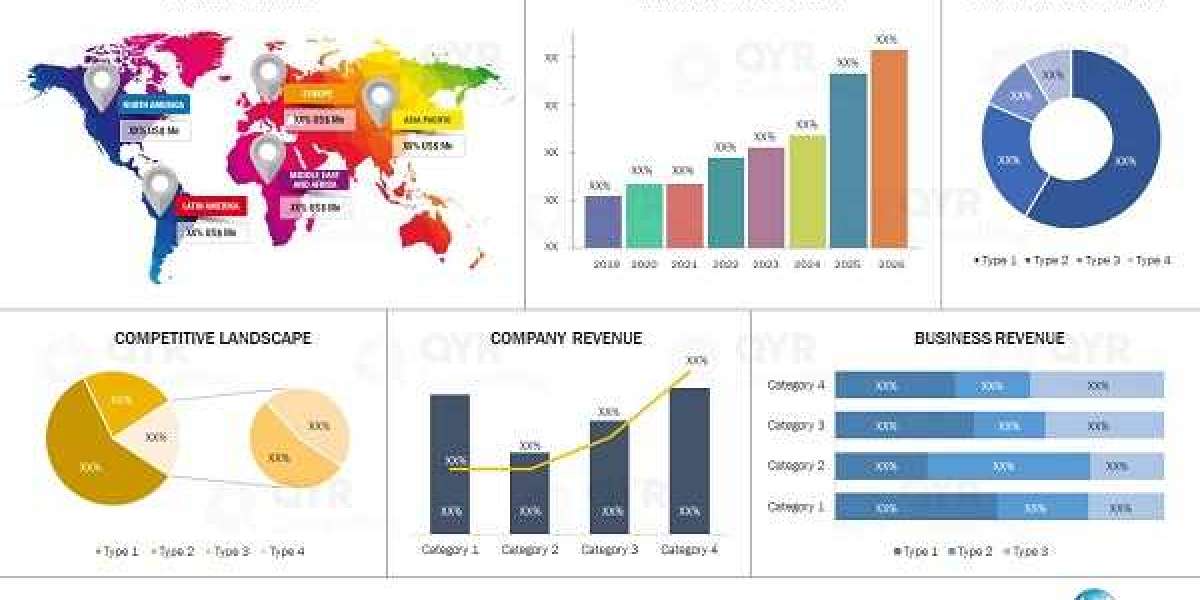The Electronic Wet Chemicals Market is emerging as a vital segment within the global electronics and semiconductor industries. These highly specialized chemicals are crucial for cleaning, etching, and doping processes involved in the manufacturing of integrated circuits, semiconductors, and printed circuit boards. With growing technological advancements, increasing device miniaturization, and rapid expansion of the consumer electronics sector, the demand for ultra-pure and application-specific wet chemicals is gaining unprecedented momentum.
Market Size and Growth Forecast
The Electronic Wet Chemicals Market Size was valued at USD 4.53 billion in 2024 and is projected to reach USD 9.11 billion by 2032, growing at a compound annual growth rate (CAGR) of 9.13% during the forecast period 2025–2032. This robust growth is fueled by the global expansion of semiconductor fabrication facilities, increased investment in 5G infrastructure, and the rising consumption of smartphones, tablets, and other electronic devices. Additionally, the rising demand for advanced packaging technologies and next-generation chips is expected to drive the use of high-purity electronic wet chemicals in the years ahead.
Key Growth Drivers
One of the primary growth drivers of the market is the booming semiconductor industry, which heavily relies on high-quality wet chemicals for various photolithographic and wafer-cleaning processes. As chipmakers push the boundaries of Moore’s Law, the need for precision and cleanliness in fabrication processes becomes more critical, propelling demand for these chemicals. Furthermore, the rise of electric vehicles (EVs), Internet of Things (IoT), and AI-enabled devices is accelerating the global consumption of semiconductors, thereby indirectly strengthening the wet chemicals market. Environmental regulations and the trend toward green chemistry are also encouraging manufacturers to innovate eco-friendly formulations, further shaping the market landscape.
Technological Trends and Innovations
Technological innovation is playing a pivotal role in transforming the electronic wet chemicals market. Companies are investing heavily in the development of ultra-high-purity chemical formulations tailored for advanced node semiconductor manufacturing, where contamination control is paramount. There is also a growing focus on single-wafer cleaning technologies, plasma-based cleaning alternatives, and the use of novel dopants and etchants designed for 3D integrated circuits and FinFET structures. Enhanced recycling and waste treatment systems are being integrated into fabs to ensure sustainable chemical usage, reduce operational costs, and comply with increasingly stringent environmental norms.
Regional Market Insights
Asia-Pacific dominates the global electronic wet chemicals market, with China, Taiwan, South Korea, and Japan leading in semiconductor production. These countries are home to several large-scale foundries and fabrication plants, creating a strong demand for wet chemical supplies. China’s aggressive push for semiconductor self-reliance, backed by government subsidies and policy initiatives, is expected to significantly boost the domestic chemical ecosystem.
North America holds a substantial market share, primarily driven by the presence of leading semiconductor companies in the United States and increased investment in chip manufacturing capacity under initiatives like the CHIPS and Science Act. Europe is also showing steady growth due to the presence of niche semiconductor equipment manufacturers and increasing investment in high-performance computing and automotive electronics. The Middle East and Latin America are emerging as new regions of interest, especially with strategic collaborations aiming to localize semiconductor supply chains.
Competitive Landscape and Industry Players
The electronic wet chemicals market is highly competitive and innovation-driven. Key players are focusing on strategic partnerships with semiconductor manufacturers, capacity expansions, and RD investments to develop high-purity formulations. Major market participants include BASF SE, Cabot Microelectronics, Kanto Chemical Co., Avantor Inc., Honeywell International Inc., and Linde Plc. These companies are increasingly collaborating with fab operators to deliver customized chemical solutions, ensure supply chain continuity, and meet cleanroom-grade quality standards. Additionally, the trend toward localization and regional production hubs is reshaping the global distribution of chemical manufacturing and supply.
Conclusion
The Electronic Wet Chemicals Market is poised for sustained growth, underpinned by the escalating demand for advanced electronic devices, the continual evolution of semiconductor technology, and increasing global investments in chip production infrastructure. As the world embraces digital transformation and technologies such as AI, IoT, and 5G, the need for ultra-pure, application-specific wet chemicals will only intensify. Industry stakeholders focusing on sustainability, innovation, and strategic alignment with semiconductor trends are expected to thrive in this fast-paced, high-stakes market.
Read More Insights @ https://www.snsinsider.com/reports/electronic-wet-chemicals-market-7105
Contact Us:
Jagney Dave - Vice President of Client Engagement
Phone: +1-315 636 4242 (US) | +44- 20 3290 5010 (UK)
Read Our Top Selling Research Reports:











